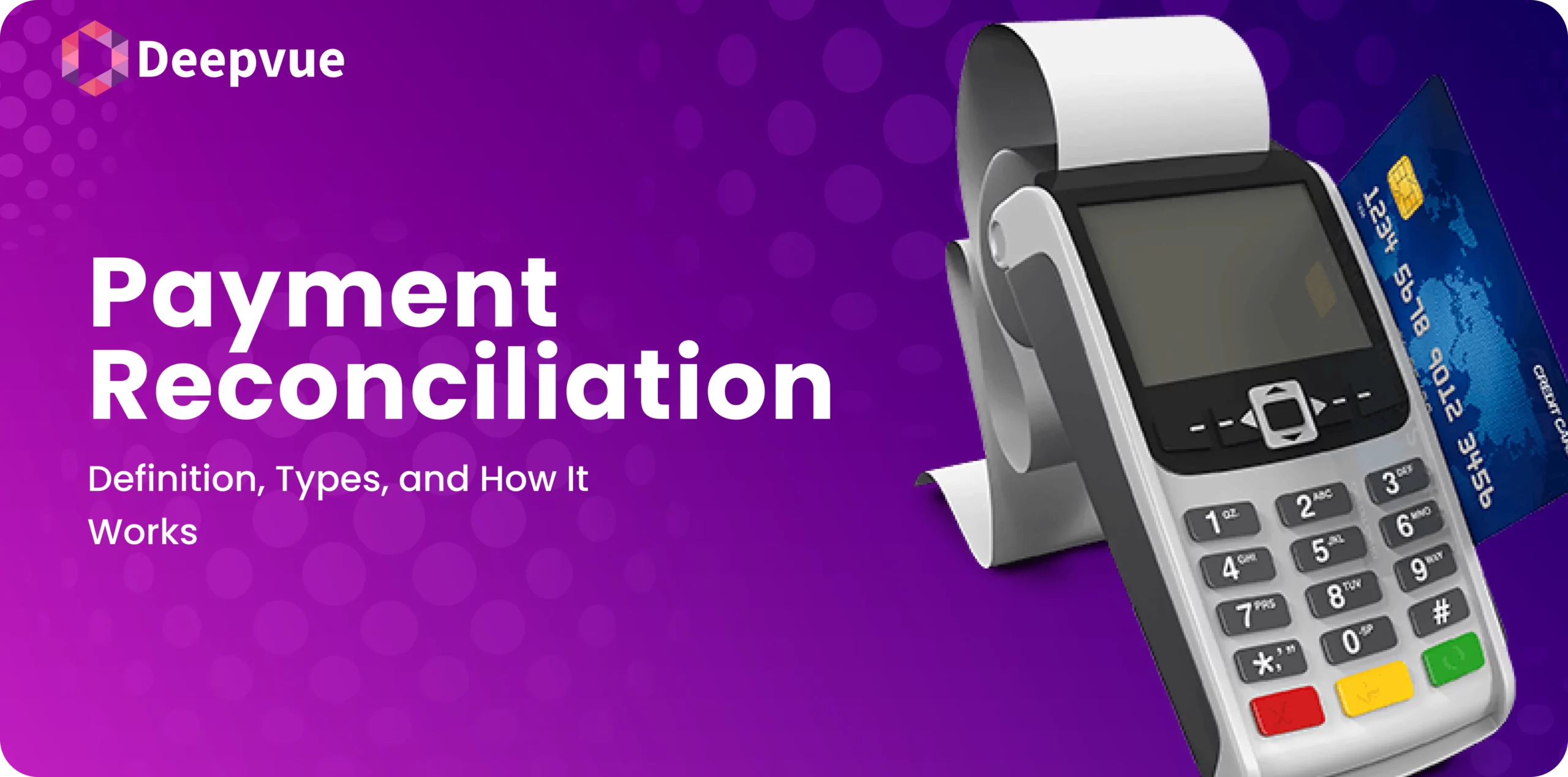Terror groups need finances to function, be it for conducting attacks, recruitment, training, or disseminating propaganda. Counter-Terrorist Financing (CTF) is the legislation, regulation, and procedure used to identify, prevent, and disrupt the transfer of funds to such groups. With today’s digital-first financial system, fintech platforms have become key actors in the global fight against illicit financial flows. From mobile wallets to neobanks, fintechs process billions of transactions every day, and their part in CTF is more crucial than ever.
For fintech firms, CTF is more than checking compliance boxes. It is about safeguarding financial systems from illicit use, ensuring customer trust, and supporting international efforts against terrorism financing. Let’s see what CTF is all about and how fintechs can up their game in counter-terrorism financing.
What is Counter-Terrorist Financing (CTF)?
CTF covers the range of actions applied to ensure that terrorist groups cannot acquire access to funds. Though usually placed within the confines of Anti-Money Laundering (AML), the two entities pursue different objectives. AML is aimed at stopping illegal money from entering the financial system; CTF is aimed at stopping the funding of terrorist activities, even where the source of funds is legal.
This distinction is critical. Terrorist financing tends to be in small payments or clean money from donations, wages, or charities. In contrast to money laundering, which conceals illicit funds, CTF must address instances where the money itself is not criminal—only the intention or destination for its use is.
Key goals of CTF include:
- Identification and freezing of terrorist-related assets.
- Shutting off access to banking and online finance sites by terror networks.
- Ensuring that all financial institutions—banks, fintechs, NBFCs—have the means to identify suspicious behavior.
How Terrorist Financing Works?
Terrorist financing does not always occur through high-value or high-volume activity. Most groups live off a web of low-value transactions calculated to evade detection.
Standard Techniques:
- Hawala and Informal Transfer Systems: Unregulated systems used to transfer funds without physical cash movements or bank transactions.
- Front Companies and Charities: Legitimate-sounding fronts used to transfer funds to terrorist organizations.
- Smurfing: Dividing large sums into smaller transactions to escape attention or automated limits.
- Digital Tools: Utilizing cryptocurrency, prepaid cards, or peer-to-peer (P2P) transfers to conceal the track.
Global CTF Frameworks and Regulations
The global community has created detailed frameworks to address terrorist financing. These are the foundation for domestic regulations as well as industry norms.
Key Institutions & Guidelines:
- Financial Action Task Force (FATF): Sets international standards for CTF and AML. Nations and institutions are evaluated on FATF compliance.
- UN Security Council Resolutions: Enforce asset freezing and sanctions against listed terrorist persons and organizations.
- Egmont Group: A group of Financial Intelligence Units (FIUs) supporting the exchange of information on suspicious transactions.
In India, compliance with CTF is governed under the Prevention of Money Laundering Act (PMLA), and reporting is to be done to FIU-IND (Financial Intelligence Unit – India). Regular guidelines for compliance are also issued by the Reserve Bank of India (RBI) and other sectoral regulators.
CTF Obligations for Fintech Companies
As financial institutions, fintechs are coming under the regulatory radar more and more for CTF. As compared to conventional banks, which have had compliance departments established long ago, fintechs—particularly nascent or rapidly growing startups—need to create and sustain CTF preparedness proactively.
Key Responsibilities:
- Customer Due Diligence (CDD): Identifying user, source of funds, and screening against international watchlists (UN, OFAC, EU, etc.).
- Enhanced Due Diligence (EDD): Deeper verification and monitoring are needed for high-risk customers or countries.
- Continuous Monitoring: Periodic monitoring of transactions for red flags like unexpected international payments, behavior not typical of user profiles, or recurring small deposits.
- Suspicious Transaction Reporting (STR): On-time submission of reports to the FIU in the event of any suspicious pattern or user activity.
Why CTF Should Be a Strategic Priority for Fintechs?
Overlooking CTF compliance is not only a regulatory risk—it’s a business and reputational one.
Consequences of Non-Compliance:
- Regulatory Sanctions: Sizable penalties, license revocation, or closure.
- Risking Banking Relationships: Fintechs tend to rely on bank counterparties; poor compliance can risk these relationships.
- Investor Woes: CTF slippages may result in valuation declines, funding delays, or even investor withdrawal.
- Brand Damage: Customers lose trust when platforms are associated with the financing of terrorism, even by mistake.
Conversely, proactiveness regarding CTF enables fintechs to:
- Attract institutional investors who value compliance.
- Go global by addressing global standards.
- Establish long-term trust with regulators, customers, and the public.
Conclusion
Counter-Terrorist Financing is no longer the sole preserve of governments or large banks. In the new digital world, fintech companies are custodians of immense financial flows, and this bestows upon them the responsibility of keeping their platforms from being misused.
The good news is, fintechs have the tools, flexibility, and innovation to set the tone in effective CTF measures. Through the inclusion of smart compliance, taking advantage of technology, fintechs can make compliance a competitive advantage.
CTF isn’t merely avoiding trouble—it’s constructing a safe, trustworthy, and forward-looking financial environment.
FAQ
What is Counter-Terrorist Financing (CTF)?
CTF refers to measures taken to detect, prevent, and disrupt the financial support of terrorist activities. It involves monitoring transactions, identifying suspicious behavior, and blocking funds to terrorist entities.
How is CTF different from AML (Anti-Money Laundering)?
While AML focuses on stopping the flow of illicit money into the financial system, CTF targets the use of both legal and illegal funds to finance terrorism.
What are typical strategies employed in terrorist financing?
Techniques encompass small recurring transactions (smurfing), front charity or shell company utilization, unregulated money transfers such as hawala, and new ones like cryptocurrency.
What international regulations pertain to CTF?
Central frameworks are the FATF Recommendations, UN Security Council resolutions, and domestic laws such as India’s PMLA. These require CDD, monitoring, and reporting requirements.
What is Customer Due Diligence (CDD) in CTF?
CDD is the act of confirming the identity of customers, watchlisting screening, and knowing the nature of customer transactions to determine risk.








